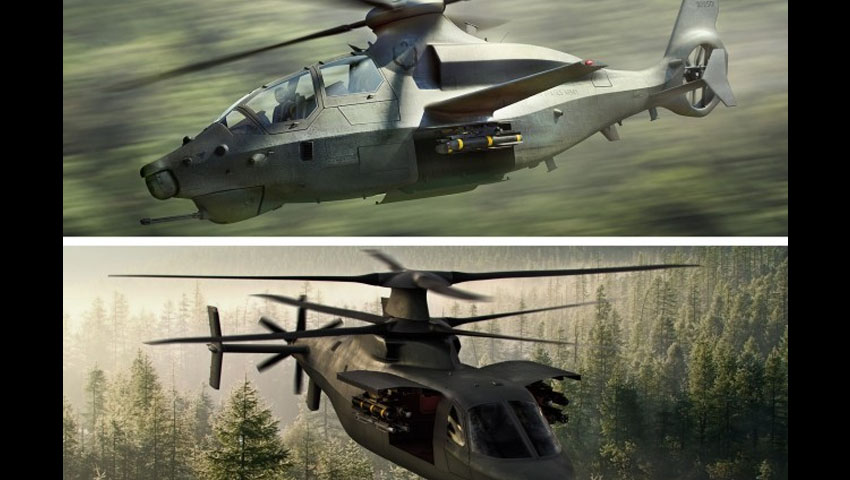The US Army is exploring improved mission systems configurations for both the Future Long-Range Assault Aircraft and Future Attack Reconnaissance Aircraft, as project officials engage with industry in a collaborative market research effort.
To continue reading the rest of this article, please log in.
Create free account to get unlimited news articles and more!
This year, project managers launched a Mission Systems Optimisation Study to evaluate hardware and software solutions to better inform near-term decisions for the Future Long-Range Assault Aircraft (FLRAA) and Future Attack Reconnaissance Aircraft (FARA).
Colonel Gregory Fortier, FARA lead with Program Executive Office-Aviation, explained, "We took a recent [request for information] with industry with over 300-plus technologies and combined that with previous RFIs from the FLRAA team."
COL Fortier explained that FARA and FLRAA officials will work together to develop a series of recommendations in November – with project managers working hard to avoid "stovepiping" each project as they continue through this analysis process.
Through the RFIs, project managers sought to identify "commonalities" to improve both aircraft's sustainability and help mitigate overall costs.
"There will be some components along the way that we will have to look at in terms of unique mission systems. That dialogue has already started to happen ... and will be refined over time," COL Fortier added.
The Army is scheduled to reach a final design decision for FARA by December – the force will then proceed to the competitive prototyping phase, as it looks to build a combat-ready system by fiscal year 2030.
The FLRAA program was initiated by the US Army in 2019 to develop a successor to the Sikorsky UH-60 Black Hawk utility helicopter as part of the Future Vertical Lift program.
The UH-60, developed in the early 1970s, has been in service since June 1979. Like the UH-60, FLRAA variants would also serve US Special Operations Command and the US Marine Corps.
Under the existing Joint Multi-Role Technology Demonstrator (JMR-TD) program, the Army has been gathering data from flying prototype designs that could fill the FLRAA role.
The FARA program was initiated by the US Army in 2018 to develop a successor to the Bell OH-58 Kiowa scout helicopter as part of the Future Vertical Lift program.
The OH-58 was retired in 2014; three prior programs for a successor were cancelled prior to reaching production:
- Light Helicopter Experimental (1982–2004, resulting in the Boeing–Sikorsky RAH-66 Comanche);
- Armed Reconnaissance Helicopter (2004–06, resulting in the Bell ARH-70 Arapaho); and
- Armed Aerial Scout (2012–13, evaluating commercial off-the-shelf designs).
COL Fortier added, "We understand that affordability is absolutely paramount to these programs. We spend every single day … [discussing] both the FLRAA and FARA timeline so that we can get both aircraft to the finish line."
Through the optimisation study, project officials have targeted eight focus areas, or domains, necessary to improve each aircraft – these fields include:
- Communications;
- Navigation;
- Sensors;
- Effector or weapons;
- Survivability;
- Architecture or digital backbone;
- Pilot interface; and
- Data fusion.
COL Fortier said the eight domains are intended to discover "what is in the realm of the possible" and how new technology will fit into the Army's future aircraft – while there currently is no rank order to the eight domains, both project managers have emphasised the need for a modular open systems approach, or MOSA.

 Login
Login







